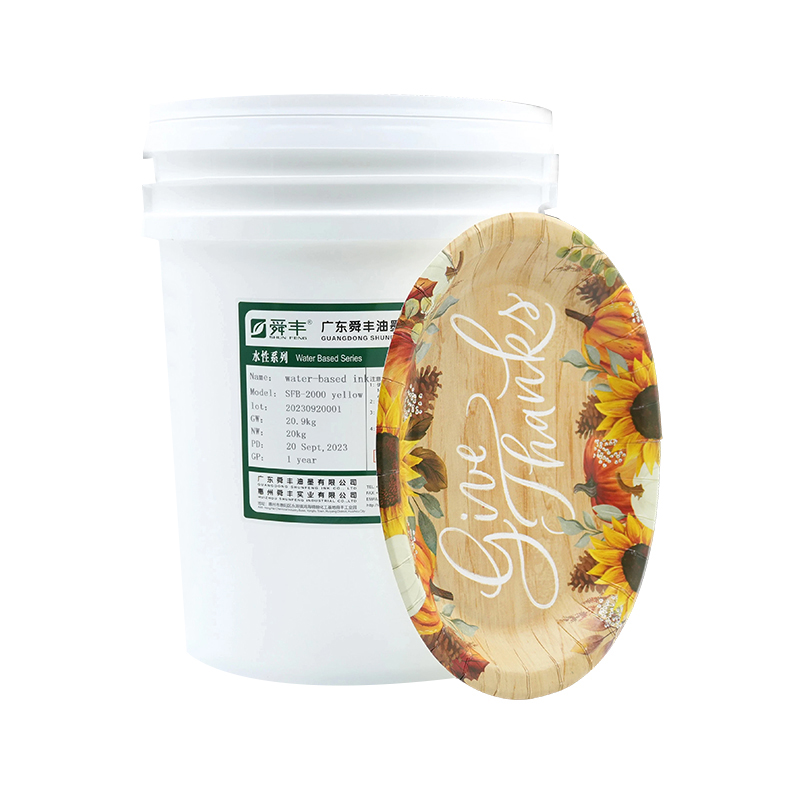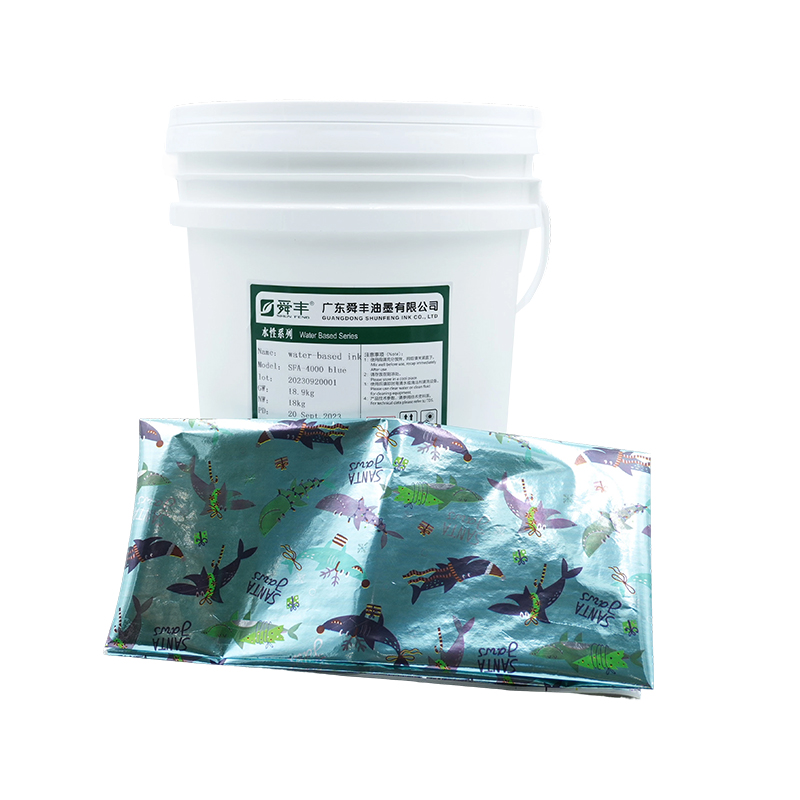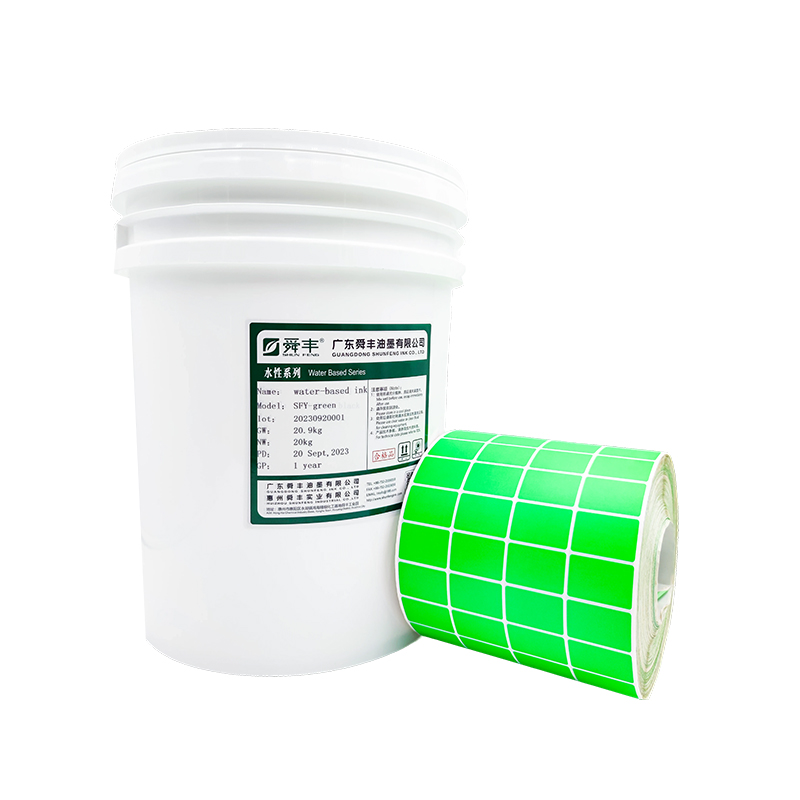What is the curing mechanism of offset uv ink for plastic film?
Release Time : 2025-03-05
The curing mechanism of offset uv ink for plastic film is a complex and delicate chemical process that relies on ultraviolet (UV) light to trigger chemical reactions in the ink to achieve rapid curing.
Offset uv ink for plastic film is mainly composed of organic pigments, photopolymerizable prepolymers, photosensitive monomers, photopolymerization initiators (photoinitiators), etc. These components undergo a series of chemical reactions under the irradiation of UV light, causing the ink to change from liquid to solid.
Photoinitiators are key components for UV ink curing. Under the irradiation of UV light, photoinitiators absorb photons of a specific wavelength and transition from the ground state to the excited state. In the excited state, the photoinitiator molecules decompose to produce free radicals or ions. These free radicals or ions are highly reactive and can trigger polymerization reactions in the ink.
The free radicals or ions produced by the decomposition of the photoinitiator react with the monomers or prepolymers in the ink to form primary free radicals. These primary free radicals further trigger a chain reaction, that is, the free radicals continue to combine with other monomers or prepolymers in the ink to form longer polymer chains. This process spreads rapidly in the ink, resulting in the formation and cross-linking of a large number of polymer chains, which causes the ink to cure rapidly.
The curing process of UV ink is essentially a photochemical reaction process. Under the irradiation of UV light, the free radicals generated by the photoinitiator react with the unsaturated bonds in the ink to form covalent bonds. These covalent bonds are widely formed in the ink, resulting in the cross-linking and curing of the polymer chains. The cross-linked and cured ink forms a strong film with excellent physical and chemical properties.
The radiation intensity and wavelength of the UV light source have an important influence on the curing speed and quality of UV ink. Generally speaking, the higher the photon energy radiated by the UV light source, the easier it is to excite the photoinitiator to produce free radicals. At the same time, light of different wavelengths has different excitation efficiencies for photoinitiators. Therefore, choosing a suitable UV light source and irradiation conditions is crucial to achieve fast and efficient curing.
As a printing material, the surface properties, thickness and type of plastic film also affect the curing effect of UV ink. For example, the surface tension, roughness and wettability of the plastic film will affect the adhesion and spreadability of the ink. In addition, different types of plastic films have different absorption and reflection characteristics of UV light, which will also affect the curing speed and degree of curing of the ink.
Understanding the curing mechanism of offset uv ink for plastic film is of great significance for optimizing the printing process and improving the printing quality. In practical applications, the curing speed and degree of curing of the ink can be controlled by adjusting the parameters such as the radiation intensity, wavelength and irradiation time of the UV light source. At the same time, choosing the appropriate ink formula and printing conditions according to the characteristics of the printing material and the printing requirements is also the key to achieving high-quality printing. In addition, with the enhancement of environmental awareness and strict regulations, the development of low-volatile and environmentally friendly UV inks is also one of the future development trends.
The curing mechanism of offset uv ink for plastic film is a complex and delicate chemical process involving the excitation of photoinitiators, the generation and chain reaction of free radicals, photochemical reactions and cross-linking curing. Understanding and mastering these mechanisms is of great significance for optimizing the printing process, improving printing quality and meeting environmental protection requirements.







